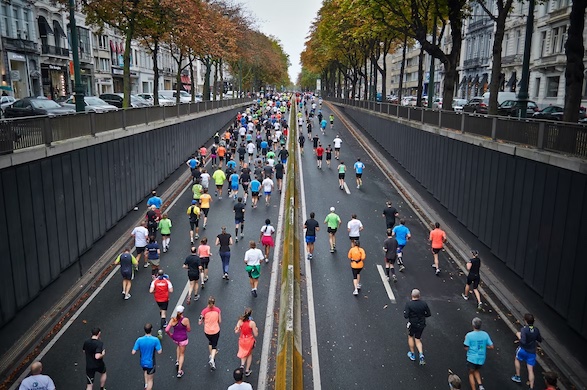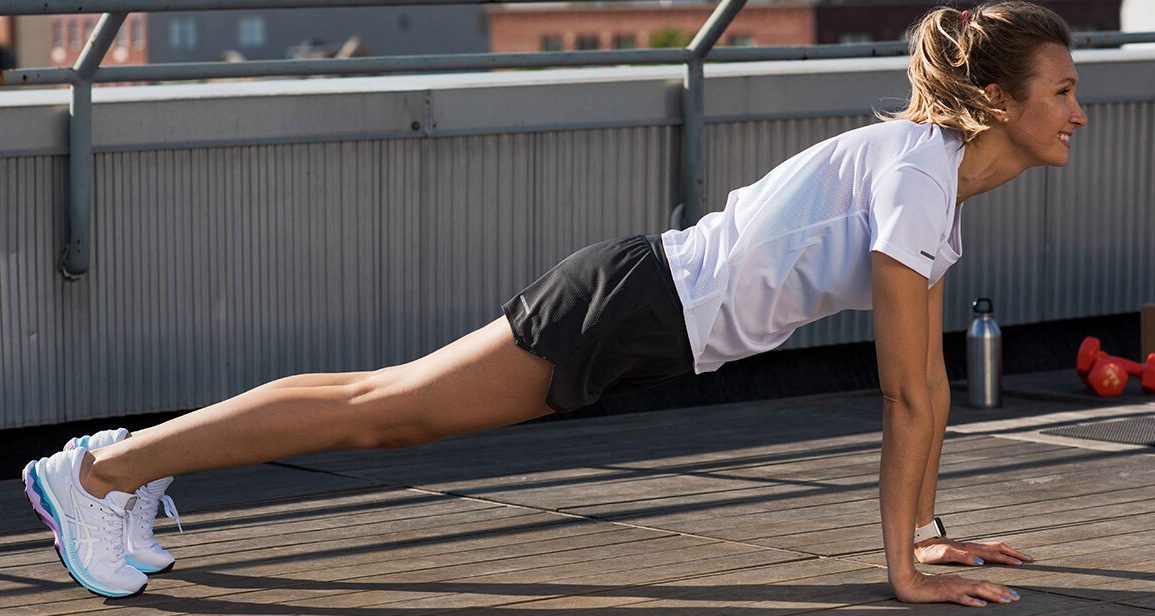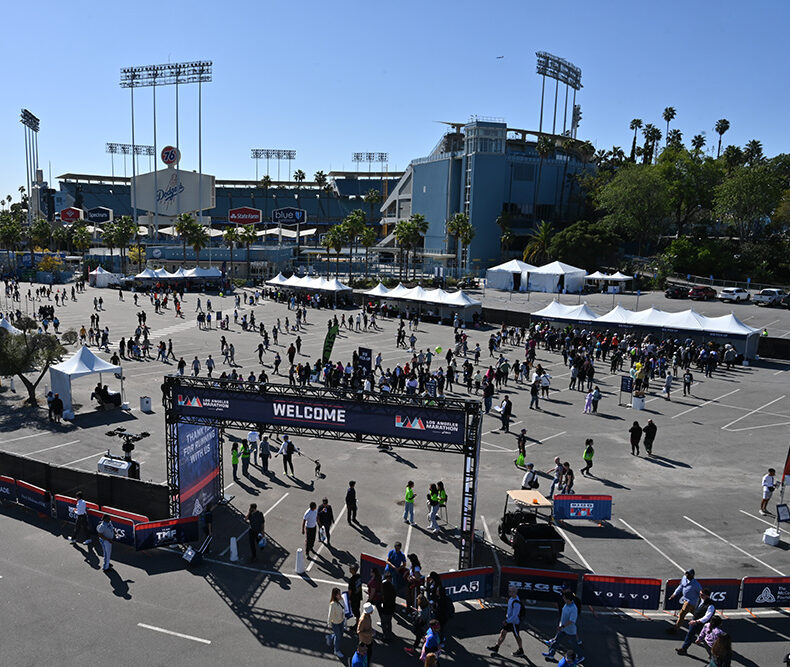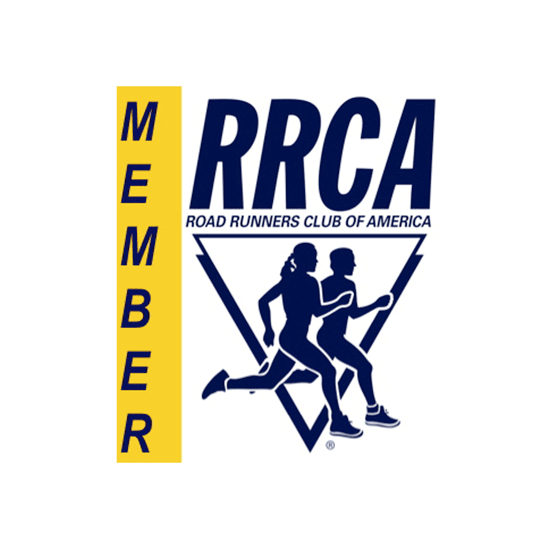You decided to train for the LA Marathon and you joined the LA Leggers to avail yourself of the excellent coaching staff, supportive running and walking community, and great training tips. In the last few weeks, we’ve talked about training schedules, pace groups, and gear. Today we talk about another critical element for successful training — Clothing!
Here’s the lowdown on what to wear when training for long distances.
When running or walking short distances, you can wear nearly anything. But as you get into longer distances, you’ll find that wearing the wrong clothing will irritate your skin. It causes chafing. It makes your skin blister and bleed. It can make you feel miserable and affect how you feel during a race. For a successful marathon, you should wear proper clothing designed for long distance and endurance training.
Researchers analyzing many years of marathon data have found that the ideal temperature for a fast marathon is under 55°F, which is surprisingly cool. Clothing for long distance training, such as shorts, tights, shirts, and singlets are designed to be light, allow free movement, and shed heat through evaporation.
What are the best fabrics for endurance training?
Microfiber fabrics like Dri-FIT have revolutionized athletic wear, allowing athletes to stay dry and comfortable, and train harder for longer periods of time. When you shop for training wear, look for shorts, shirts, singlets, socks, tights, sports bras, and hats made of microfiber or other synthetic fabrics. This year’s LA Leggers Brooks Performance shirt is made of a quick drying, moisture-wicking microfiber. It helps keep you cool, retains a smooth feel, and chafes less.
Avoid anything made of cotton. While cotton clothing may work for short distances, it is not recommended for longer distances since it retains moisture and chafes terribly, especially in the armpit, groin, and nipple areas. Cotton socks hold moisture that can also lead to blisters and fungal infections. If you insist on wearing your favorite tie-dyed t-shirt or shorts, don’t forget to use Vaseline, Body Glide, or Band-Aids to reduce chafing.
What kind of socks should I wear?
Again, skip cotton socks. Save those for leisure activities or short distances. Wool socks have the lowest friction of all fabrics. When wet, wool socks maintain their thickness, blister protection, and warmth, but they also absorb moisture and may feel too hot in the summer. Wool and synthetic blends are often found in many performance running socks.
Distance training without socks increases the risk of blistering. When you wear one pair of socks, they should fit snugly to minimize friction. For better protection, some runners and walkers choose to wear two pairs of socks, a thin inner pair and a second heavier outer pair.
Regarding sock styles, some Leggers prefer to wear no-show or low top socks. Others, particularly those who kick their ankles occasionally, prefer crew style or longer socks. Some socks fit like a glove over each toe. The colors and patterns are up to you.
How should I dress for the weather?
Running clothes are short on sun-protection and warmth. We’ll talk more about warmth in the fall. For now, you may want a running hat or visor, a pair of sunglasses, and a sports sunscreen. We have LA Leggers visors and Goodr sunglasses available for sale. Look for a sunscreen with a rating of at least SPF30 and both UVA and UVB protection. We also offer member-only discounts on the member section of our website, which include local and online retailers that carry items you may be looking for.
Many Leggers find that shorts and singlets are sufficient for warm weather training. A good rule of thumb is to dress as if it is actually 10° warmer than the temperature gauge to account for your body heating up as you train. Cold weather training is a bit more complicated and, as the seasons start to change, we’ll share some tips about what to wear for training when it’s cold, dark, and raining. For now, enjoy your warm and dry training in the summer sunshine!
Coach’s Tip of the Week: Lay out your running clothes the night before so you’ll have everything you need for an easy early morning.
See you out there!
-Coach John





